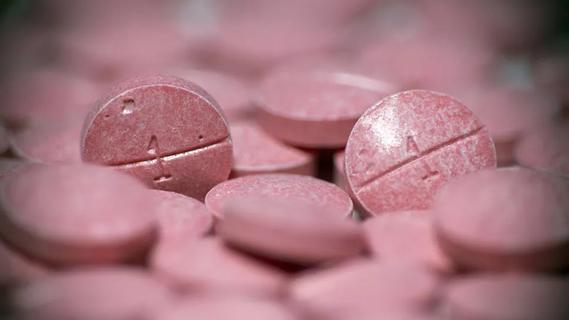Advice from a certified nurse midwife

Do you long to have your baby without medication and an array of beeping medical equipment in the room? If so, water labor may seem like an appealing option.
Advertisement
Cleveland Clinic is a non-profit academic medical center. Advertising on our site helps support our mission. We do not endorse non-Cleveland Clinic products or services. Policy
Some women find it to be more comfortable, while helping labor progress naturally — especially if they’re planning for a drug-free birth.
Water labor is exactly what it sounds like: You’ll go through some or all of your active labor in a clean, warm tub.
This option is typically best for healthy women with uncomplicated pregnancies who don’t want medication during labor. Some hospitals have rooms designed for this.
One of Cleveland Clinic’s birthing sites offers rooms with large tubs that are drained and refilled to maintain a constant, comfortable water temperature. A handheld shower head can help ease sore stomach and back muscles and promote relaxation.
Advertisement
If you want to deliver your baby without medication and you’re expecting a traditional (low-intervention) birth, you could consider water labor. Hudson says it’s typically an option for women who:
It’s even an option for women who have had a C-section, have (well-controlled) diabetes or may need regular monitoring during labor, Hudson says. Newer technology such as wireless monitoring systems or telemetry is available in some locations, she notes.
Water labor is likely not a good option for those who have:
While many hospitals around the country offer women the opportunity to labor in water, actually delivering in water is a slightly more controversial topic.
Many hospitals no longer offer water delivery. In 2016, the American Academy of Pediatrics and American College of Obstetrics and Gynecology issued a joint statement saying that water birth is an experimental procedure and that they felt there was little evidence that it improves delivery. In fact, they stated, it may increase the risk of infection.
The organizations say water delivery can increase the risk of umbilical cord damage and make it difficult to regulate a newborn’s temperature. They also suggest that there is a risk of respiratory distress or asphyxia if a baby inhales tub water during delivery.
Hudson says water delivery can be safe and effective for many mothers. Cleveland Clinic, she says, is working on protocols to re-initiate the practice in its birthing center. If you are considering a water labor or delivery, consult with your midwife or physician about your options, she advises.
Advertisement
Learn more about our editorial process.
Advertisement

Bleeding is a risk and warrants taking care, but the reward of this lifesaving medication is great

Severe and debilitating headaches can affect the quality of your child’s life

With repeat injections over time, you may be able to slow the development of new wrinkles

Although it can be alarming, it’s normal to experience blood clots during menstruation

Stretch before heading outside, keep proper form and avoid jerking or twisting to throw snow

Type 2 diabetes isn’t inevitable with these dietary changes

Applying a hot or cold compress can help with pain